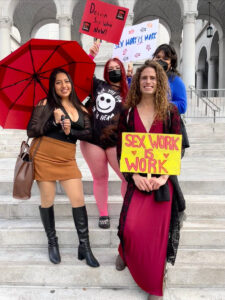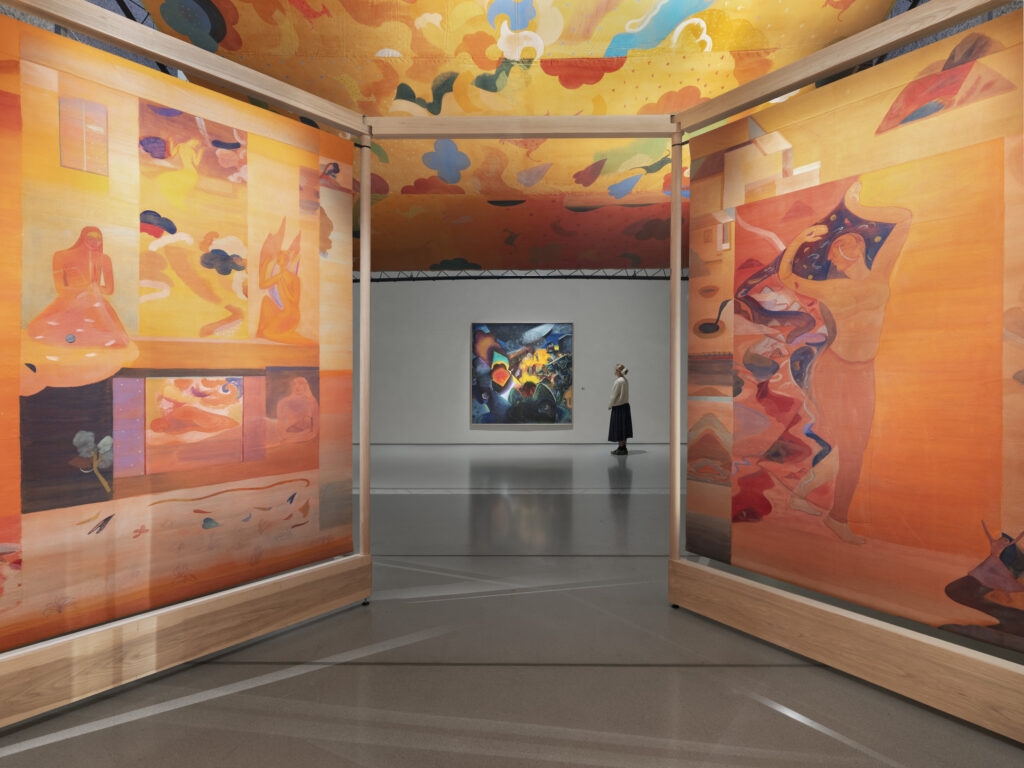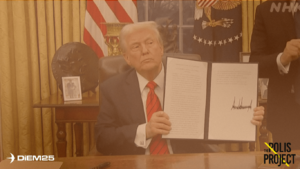
All We Imagine As India: On the Barbican’s Latest Exhibition

The Imaginary Institution of India re-narrates the nation through art from 1975-1998.
The verb “imagining”, to me, is one of the most significant in the human vocabulary. It comes from the Latin imaginari, meaning “to form a mental picture” or “to picture to oneself,” with the Proto-Indo-European root aim- or aimo- relating to copying, imitation, or representation. Imagination enables us to build ourselves off the past—our dreams, systems, relationships—so it’s what drives and catalyzes any political force. In 1983, political scientist Benedict Anderson famously coined the term “imagined communities” to describe the concept of nations. He called the bluff, arguing that a nation is inherently imagined or made up, a group of men drawing up lines on a table. I could never possibly meet every member of my country, yet those lines and my place within them, dictated by a document, could bind us in solidarity, patriotism, or nostalgia. Dulce et decorum est pro patria mori (It is sweet and fitting to…
Related Posts


Donald Trump’s Master Economic Plan I Opinion by Yanis Varoufakis




